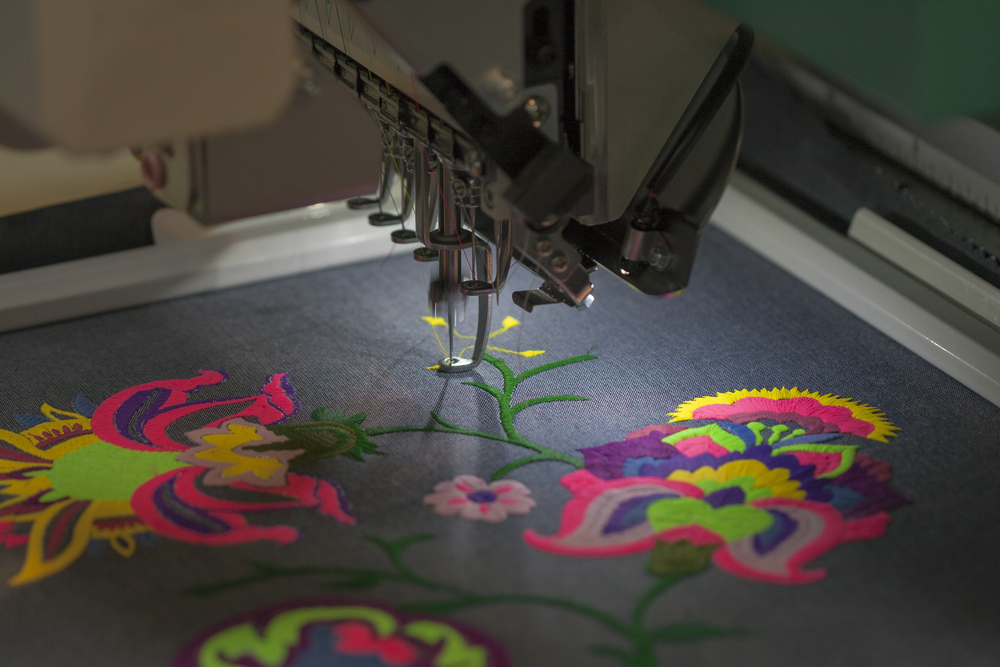When you send us your logo or design to be stitched onto your clothing, the graphic will undergo a process called “digitizing”.
Modern embroidery machines can’t work with your standard JPG, PNG or other image files. Instead, the graphic must be converted to a format that the machine can turn into stitches. Quotes from embroidery shops will often label the cost of this process as a ‘setup fee’ or ‘digitizing fee’. It’s a one-time fee and any repeat runs will be able to use the same digitized file.
Digitizing is a complex process that requires specialist training and it’s not something you can do with your standard graphic editing software. There are many considerations when preparing a design for embroidery, such as deciding how far apart the stitches should be, and the types of stitches that will be used.
Are there requirements for digitizing an image?
Graphics that are clean and high-resolution work best. 1200 pixels with 300dpi or greater is best, however not essential. It’s a good idea to try and produce your artwork 4x the size of the finished stitch. We can help you with all of this as part of our artwork creation services.
In theory any design can be digitized, however, there will be limitations as to what the machine can embroider, as such small details and gradients which can be difficult to reproduce in stitch format.
How does digitizing work?
Put simply:
- Your artwork is examined to determine the exact specifications
- Your artwork is traced by hand and a stitch path is specified for the machine
- The density of the thread and other factors are considered
Good digitizing takes time; it is essential to producing a high quality embroidered garment. The process of effectively embroidering your logo or artwork may seem intimidating, but print-shops like us are here to help you to reflect your ideas as accurately and effectively as possible to your t-shirts, jerseys, hats and other apparel.
